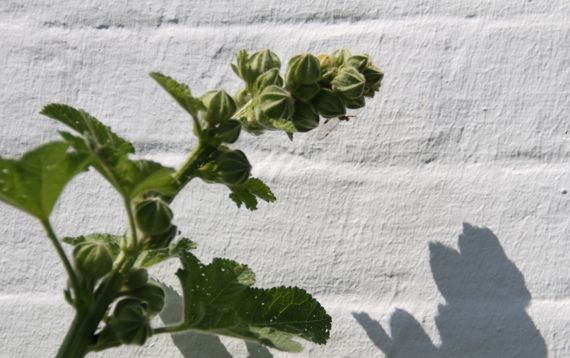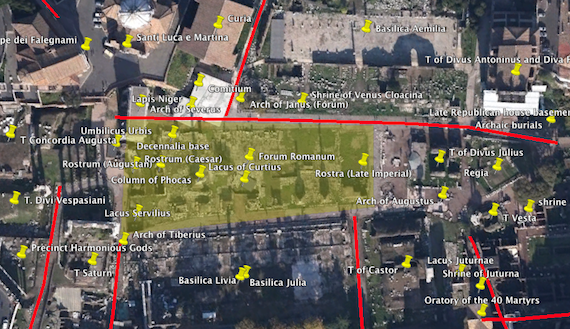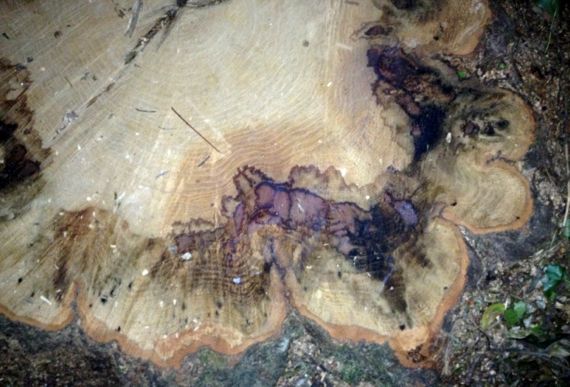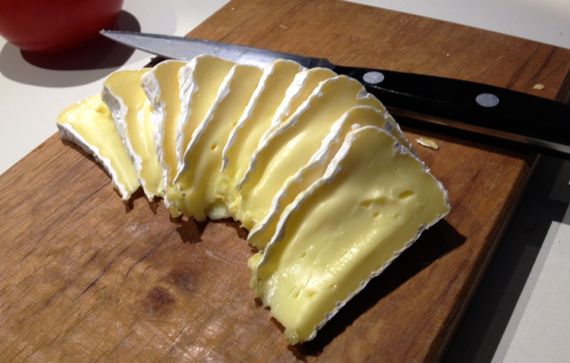Road ends
Saturday, 31 August 2013

Sometimes you just choose.
Sometimes it’s obvious.
Friday, 30 August 2013

Trying to figure out how urban/suburban Rome provisioned itself. Sure, the wheat/spelt came from Sicily (and elsewhere), and a lot of other foodstuffs (especially fruit/veg and tree crops) from villa-farms and small farms not terribly far from Rome, but what about building stone and millstones? Wooden building materials and firewood? How were mural painters and sculptors trained and supported? Shipbuilding? And…and?
I have such a mono-cropping template in my head I don’t think I do a good job of imagining the productivity of intercropped fields with grain growing beneath nut-trees, and vegetable mixes around country residences.
So many amphorae were shipped to Rome (with nothing to be shipped out in them), there’s a mountain of broken sherds, even today something like 36 m high. These were, as I understand it, sherds from the ones that contained olive oil. Others were used as fill elsewhere in the city, but apparently the oil-filled amphorae became rancid/stinky, so they were broken, dumped on a waste-pile that became a mountain, and sprinkled with lime to dampen the odor. (I imagine that the high-umami garum amphorae were also stinky—but maybe not to Romans.)
Today it’s called Monte Testaccio, Mount Potsherd. Okay, big pile of potsherds. After all, amphorae were thick-walled to be good shipping containers. So they made big sherds. And with nothing to be shipped out in them, once emptied, they were…garbage.
An overwhelming percentage of the amphorae were pot-bellied in shape, and made in a small area along the middle Guadalquivir Valley in southern Iberia.
Very complicated. Very interesting.
Thursday, 29 August 2013

I think I’ve put this mural-sign up before, but here’s this year’s version of viney-signey.
As to Rome-research, I found this fantastic map (Flash) by Katherine Wentworth Rinne showing change over time in springs, creeks/drainage, and aqueducts in central Rome (the Italian one, not the one up the way).
Wednesday, 28 August 2013

Gardiner Harris in the NYTimes says lots of spices sold in this country are…suspect. For salmonella. And most of the spices come from India and Mexico. Harris writes about a 3-year long project by the FDA:
In a study of more than 20,000 food shipments, the food agency found that nearly 7 percent of spice lots were contaminated with salmonella, twice the average of all other imported foods. Some 15 percent of coriander and 12 percent of oregano and basil shipments were contaminated, with high contamination levels also found in sesame seeds, curry powder and cumin. Four percent of black pepper shipments were contaminated.
And this is why this is a serious matter:
The United States is one of the world’s largest spice importers, bringing in 326 metric tons in 2012 valued at $1.1 billion, according to the Department of Agriculture. Of those imports, which account for more than 80 percent of the total United States spice supply, 19 percent were from India and 5 percent from Mexico.
Bon appétit.
Tuesday, 27 August 2013

I’m trying to figure out what’s left on the Roman Forum, and what was there. My head hurts. Love Google Earth, though.
Black stone/lapis niger on WikiPee.
Monday, 26 August 2013

From the snippets I’ve seen and what I’ve heard, I’m REALLY glad I didn’t watch the MTV awards last night.
Sunday, 25 August 2013

I went out to take this picture a few minutes ago, and whoooohooo, it’s cool out! Not merely not-hot, but cool! And pleasant. Is it still August????
Saturday, 24 August 2013

Lately we’ve had a little jones going on here, a modification to cocktail hour: Thomasville Georgia’s own Sweet Grass Dairy‘s Green Hill mini-wheel. I take it out an hour before showtime so it reaches room temp.
Friday, 23 August 2013

ABG last Sunday.
This was one of those days that I did a little of this and a little of that, ending up feeling meh about the whole day. I think it wasn’t that grim, however….
Thursday, 22 August 2013

You could say we played god today. We brought in experts as our agents of change. A half-dead oak is now all-dead. So, that’s one tree from our yard that’s now gone, and didn’t fall down before the removal part. I hope we’re setting a new trend now.
I’m somewhat echoed Miracle Max, who said, “There’s a big difference between mostly dead and all dead. Mostly dead is slightly alive.”